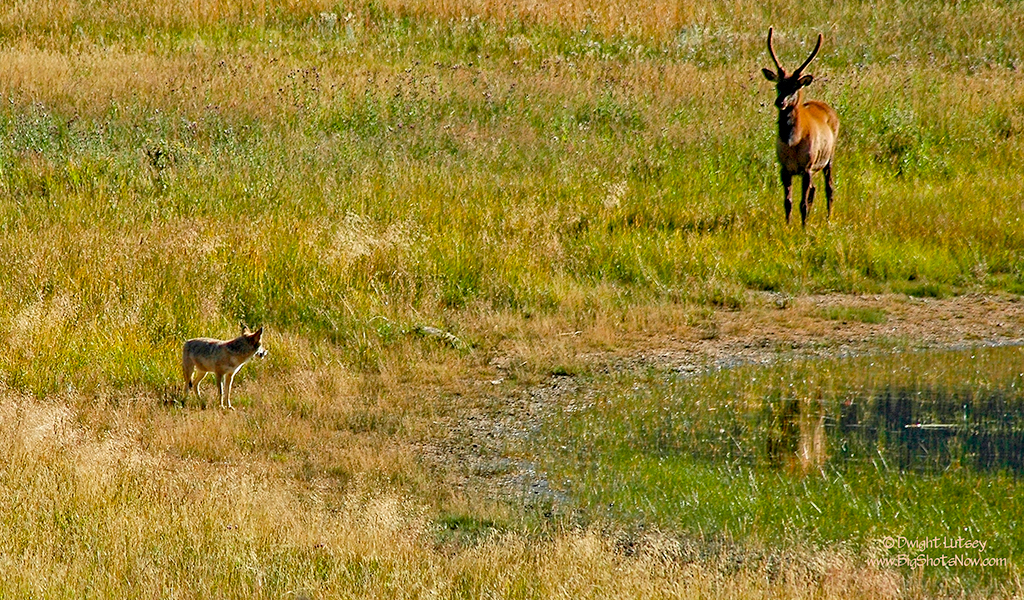Way back in the early days, like when people listened to FM and you bought cd’s of your favorite singers, and gas was like Two bucks a gallon (and we were plenty P.O.’d about that I can tell you, those oil guys were making way too much money jacking the price up like that,) The Director was just getting started in the business of switching from a film camera to a digital one. I know plenty of you are saying “Yeah, so, big deal.” Well, it was a big deal if you were a photographer.
The big deal was now you could take as many pictures as you wanted, hundreds, even more and not give a fig about the cost. “Ffffft”, you would say and snap away. Pictures were free, and the money was easy. Prior to that you bought expensive rolls of film that let you take only 36 pictures at a time which you then sent out to be developed at a high rate of cost, and when you got them back there was like one or two that you could actually do something with. Digital was like Nirvana. Even if the quality of the image wasn’t as good as a good film picture, I refer you back to the statement, “Pictures were free, and the money was easy.”
So what did you do with this new found photographic freedom? You went to places like Rocky Mountain National Park and held meetings with the locals. You needed to set up schedules, availability of the subjects, get releases signed, moderate disagreements between those that didn’t get along and generally handle business. You were going to be shooting a lot of pictures and it was important to nail the details down.
Sometimes this was tricky business to do. In the photo above which we dug out of our archives to show you exactly what we were working with here, you can see representatives of two groups that usually didn’t trust each other. One reason was the coyote would sometimes sneak in amongst the herd and try to gnaw on a newborn calf, and sometimes the elk would try and stomp the coyote into a flattened shape on the meadow’s floor. This rift had been going on for some time and made things difficult for the wildlife photographer to get good photos. So a series of meetings were held to try and set up a truce that would allow for the photographer to get his pictures taken without the added drama of internecine warfare.
Unfortunately that meeting didn’t turn out as well as we had hoped as there had been an intrusion into the herd the night before and although the coyote denied it, there were paw prints and bite marks on one of the fawns which of course brought the herd enforcers into play, young spikes with something to prove, and before you could say “Hey, Don’t say that.”, ugly things were said. And as we feared before we could come to a consensus at this meeting, the spike made good on his threat to stomp the coyote, even if he wasn’t the same one that was the perpetrator and the meeting was called off. This was one of the few failures we have had as we were never allowed to shoot both species together again.
Time passed, cameras got better, film was forgotten, and agreements and understandings were developed with the locals. As a photographer you were able to get brand new digital images that you were never able to get with film and life got a lot easier for everyone. Except for those two groups whose names we won’t mention but whose initials are Coyote and Elk, we still haven’t got that worked out.
The image above was taken with a vintage Nikon D70 camera and a huge telephoto, a 70-300mm with no image stabilization, at 6 megapixels on a CCD sensor back in 2004. You will have to go way back in Google’s archive to find out what those ancient specifications mean. Now you have things like ginormocams, zoomilators, pixel confronters, and anti-alias predictor filters. I could go on and on. It’s a heady time to be a photographer. All you need is money and you can take as many free photos as you want. Hundreds even. What a world.


You must be logged in to post a comment.